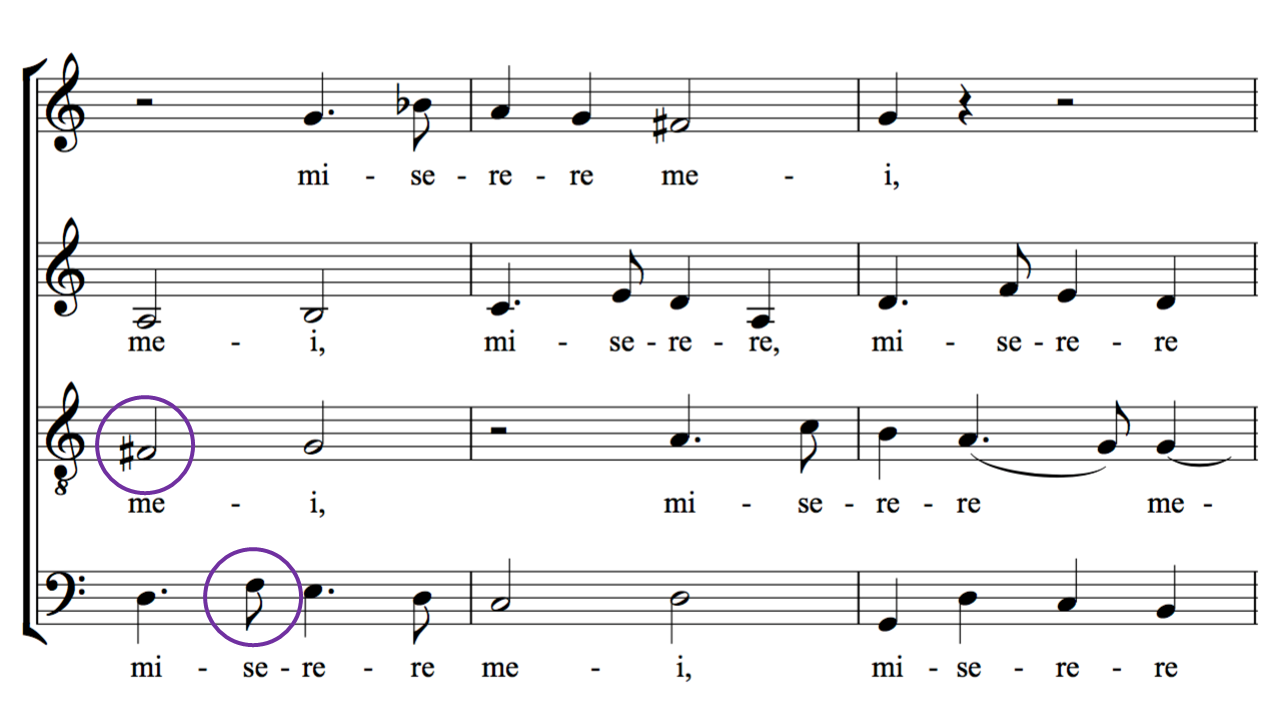
There are three types of minor scale.
The first, called a natural minor scale is simply the Aeolian mode (Mode VI) of the diatonic scale. Compared to a major scale, scale degrees 3, 6, and 7 are a semitone lower.

However, the subtonic of a natural minor scale is a whole tone below the octave, meaning it cannot function as a leading tone. To make up for this, sometimes the subtonic is raised to create a leading tone, forming a harmonic minor scale.

The interval between scale degree 6 and 7 in a harmonic minor scale is an unwieldy augmented second. This can be difficult to sing and has a distinct Arabian tone to it. To avoid this, sometimes scale degree 6 is also raised by a semitone, forming a melodic minor scale. The melodic minor scale is only used when ascending; the natural minor scale is used on the way down.


The rule about using melodic minor when ascending and natural minor when descending was taken very seriously in the sixteenth century. In musical lines where the subtonic resolves up, the harmonic minor (major seventh) is used. When the subtonic resolves down, however, the natural minor (minor seventh) is used. When this happens at the same time, it creates a dissonance called a false relation.
You can see this in play between the tenor's F♯ and bass's F♮ in the excerpt from William Byrd's "Miserere Mei," and you can hear it at the end of each phrase in this performance of "Coventry Carol," a traditional English hymn for the Feast of the Innocents.
Also notice that despite the piece being in a minor tonality, each phrase ends on a major chord. This is called a Picardy Third.